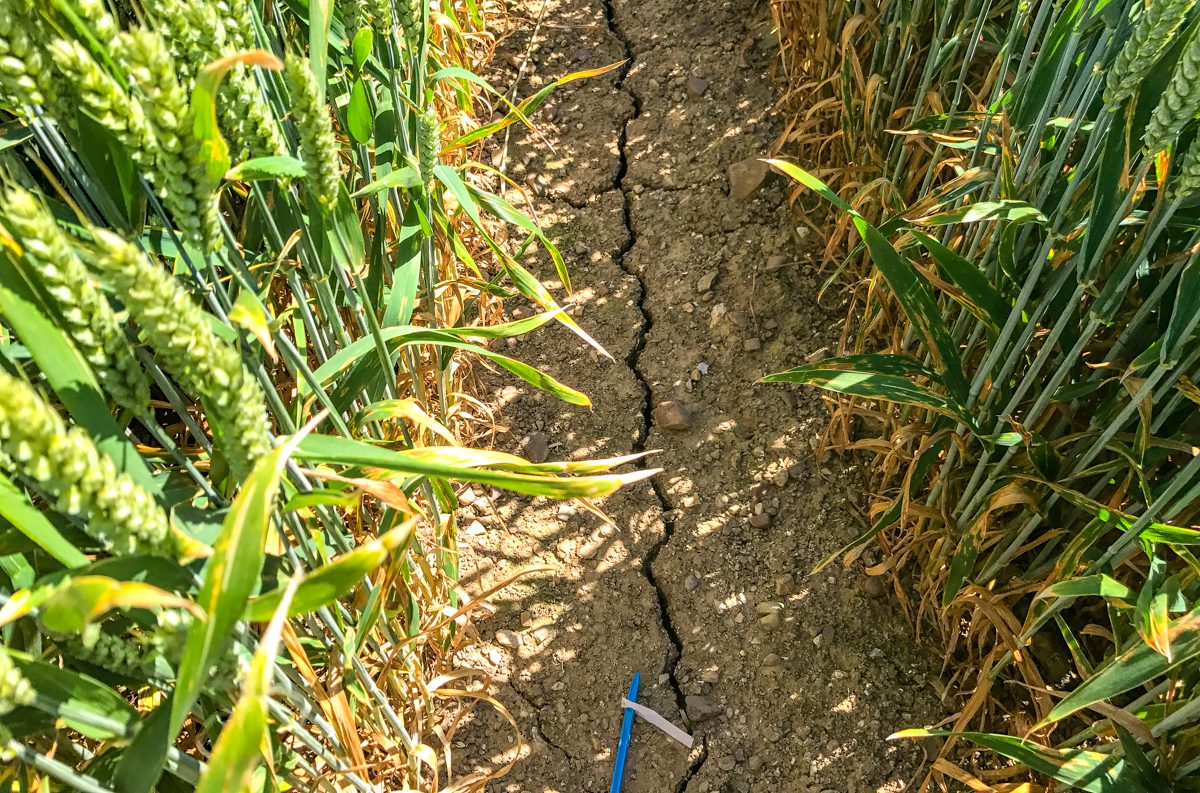This year saw one of the three warmest Julys on record, according to the United Nations (UN) weather agency.
The World Metrological Organisation (WMO) said there were prolonged and intense heatwaves in parts of Europe, while Antarctic sea ice was the lowest on record for July.
Data from Europe’s Copernicus Climate Change Service showed that the dry conditions increased the risk of wildfires which impacted local economies and agricultural production in parts of Europe.
The unusually hot and dry weather is continuing this month.
Globally, July 2022 was close to 0.4° above the 1991-2020 reference period, marginally cooler than July 2019 and marginally warmer than July 2016.
The WMO said that this is despite the weak La Nina weather system, which is meant to have a cooling influence.
Temperatures measuring over 40° were observed in parts of Portugal, Spain, France and the United Kingdom.
The Iberian Peninsula saw an unusually large number of days with maximum temperatures above 35°.
The Spanish national meteorological service said that July was the hottest month ever, and the heatwave was the most intense and long-lasting on record.
France also had its driest-ever July, with a 85% rainfall deficit at national level.

The US had its third-warmest July on record. In the southern hemisphere the highest above-average temperatures were recorded in central south America and southern Africa.
The UN weather agency said that the Copernicus data shows precipitation, soil moisture and relative humidity were all consistently below average from the Iberian Peninsula across the continent to the Black Sea, including in Ireland.
Last month, the WMO secretary-general Prof. Petteri Taalas said that heatwaves in Europe will become more frequent, more intense and will last longer.
By 2050, about half of the European population may be exposed to high or very high risk of heat stress during summer, according to the Intergovernmental Panel on Climate Change (IPCC).
Meanwhile, Met Éireann has issued a Status Yellow weather warning for high temperatures over the coming days for counties in Leinster and Munster.
The national forecaster said that it will be “very warm or hot” on Thursday, Friday and Saturday, with highest temperatures of 27-29°.
